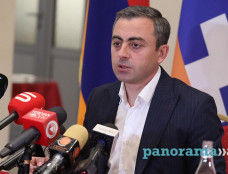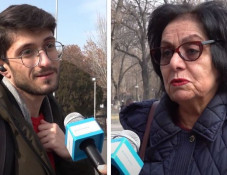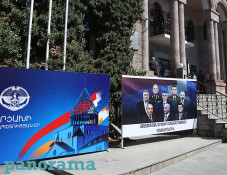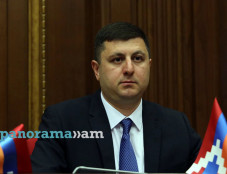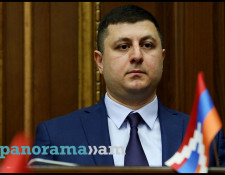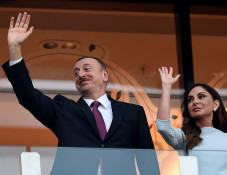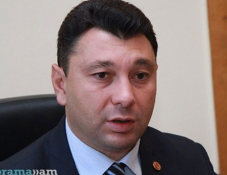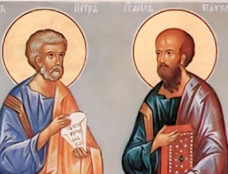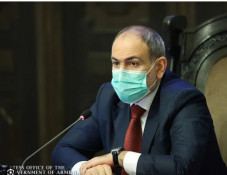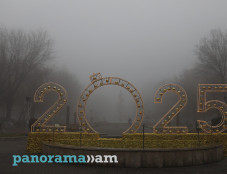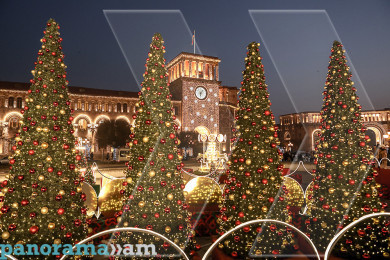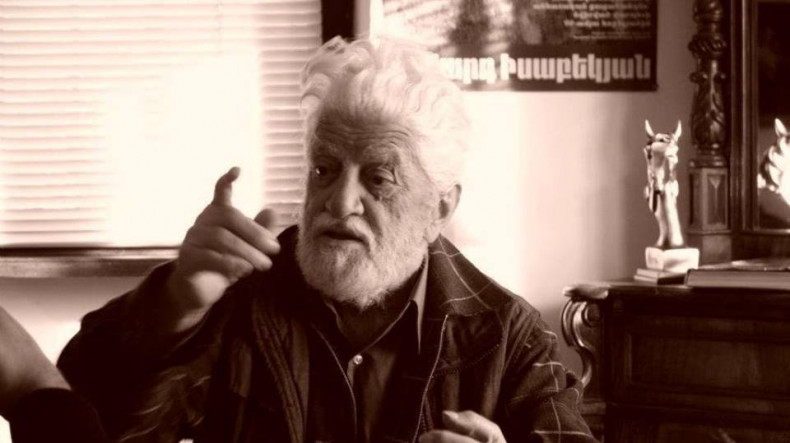
Today marks renowned Armenian painter Eduard Isabekyan’s 105th anniversary
Today, 8 November marks the 105th birthday anniversary of prominent Soviet Armenian artist Eduard Isabekyan.
The painter was born in 1914 in Igdir, Turkey. In 1918, the Isabekyan family emigrated and after two months in Etchmiadzin moved to Yerevan for permanent residence. He graduated from the Geghard Institute in Yerevan in 1931 and the Tbilisi State Academy of Fine Arts in 1941. From 1945 to 2000 he taught at the Yerevan State Academy of Fine Arts (since 1963 as professor).
From 1967 to 1987 Isabekyan was the director of the National Gallery of Armenia, opening the gallery’s affiliates in many towns and cities across Armenia.
As a multi-genre artist, he created extensive and high value compositional paintings, portraits, landscapes, graphics, thematic compositions, book designs.
The basis of his art is humanism and deep patriotism, the sources of his inspiration are Armenian insights, which are expressed in the characters of David of Sassoun, Tsovinar, Sanasar, Baghdasar, David Beck, Sayat Nova, Aksel Bakunts, Tamantsiner and other characters of great national figures. During the Great Patriotic War, he depicted the heroic image of Soviet people ("Battle for a city", 1942, "Tanya", 1946), national liberation struggle of the Armenian people ("David Beck", 1945).
Eduard Isabekyan was the founder of thematic compositional genre in Armenia. The basis of his art is the history of Armenian nation and its future, its proud posture and the ecstatic potential. Isabekyan’s works of thematic compositional genre are the achievement of Armenian fine art of the Soviet period. "Young David" (1956, The National Gallery of Armenia), "The Revolt of Haghpat Peasants in 1903" (1957), "Reply to Hazkert" (1960, The National Gallery of Armenia) and other paintings distinguish by their monumental expressiveness, dynamic composition and civic resonance.
A number of Isabekyan’s paintings are characterized by organic intercourse of a man and the native nature: "Old Man from Byurakan and the Artavazik Church" (1956), "Aksel Bakunts" (1956), "Derenik Demirtchyan" (1960), "Curly Boy" (1964), "Sayat Nova" (1964). One of the best examples of Armenian portraiture of Soviet period is the "Mother’s Portrait" painting (1944). The thematic center of his landscapes is the epic description of Armenian nature, ancient fortresses and temples: "In the Canyon of Tatev" (1959), "The Oxen Crossing the River by the Bridge" (1959), "Khndzoresk" (1962).
Isabekyan is the author of a number of drawings and the series of graphics devoted to painter Arpenik Nalbandyan.
He was announced the Honored Art Worker of Soviet Armenia in 1956 and the People's Artist of Armenia in 1963.
In 2001 he was awarded the Mesrop Mashtots medal by the Catholicos of All Armenians. Isabekyan became an honorable citizen of Yerevan in 2002. In 2004 he was also awarded the St. Sahak-St.Mesrop medal by the Catholicos.
The artist passed away in 2007 and is buried in Komitas Pantheon.
Photos from the National Gallery's website
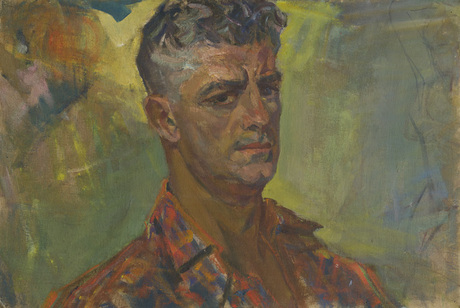
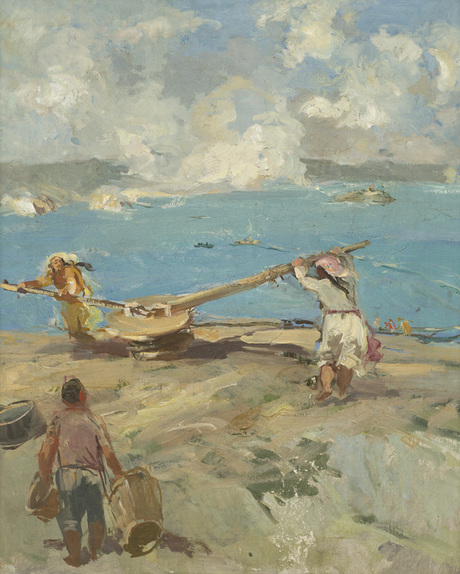
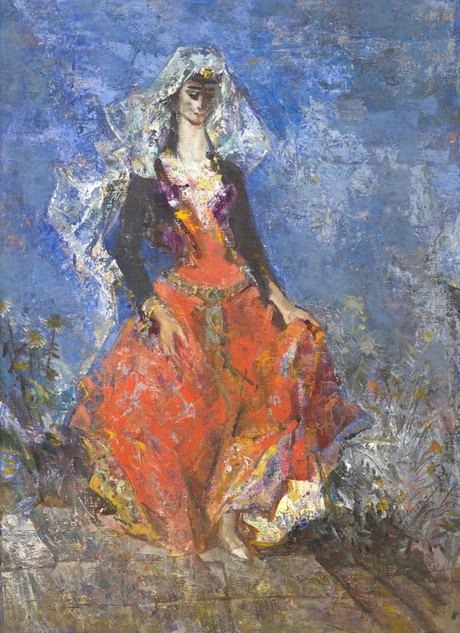
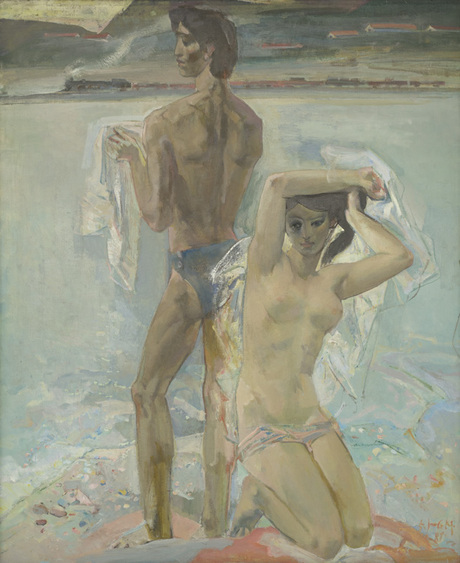
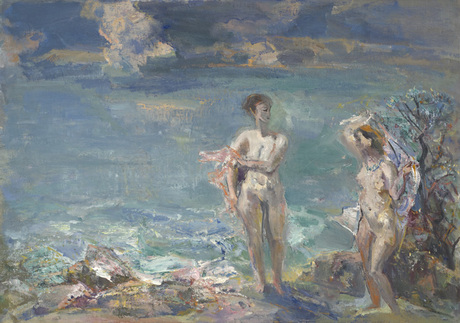
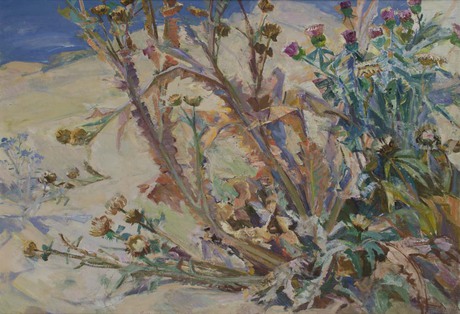
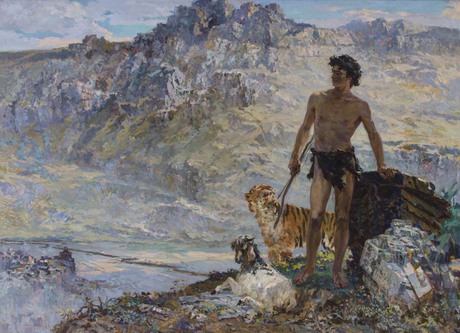
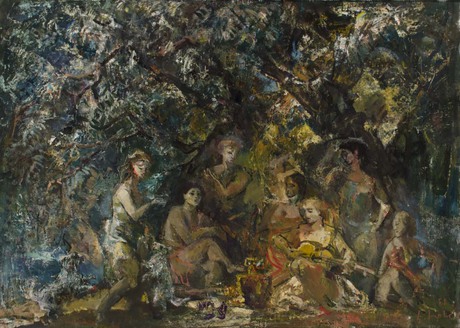
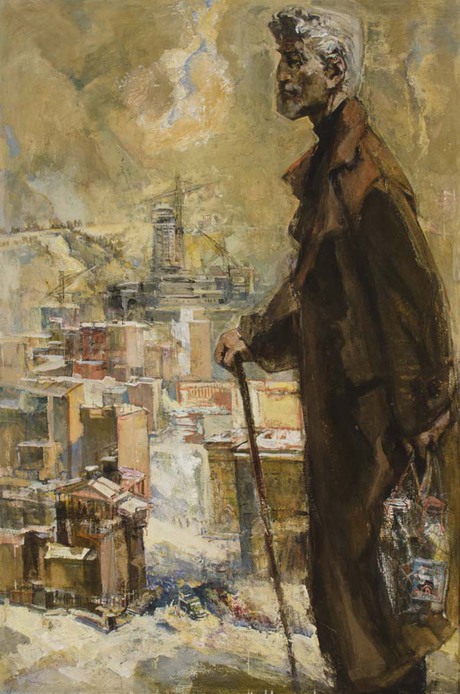
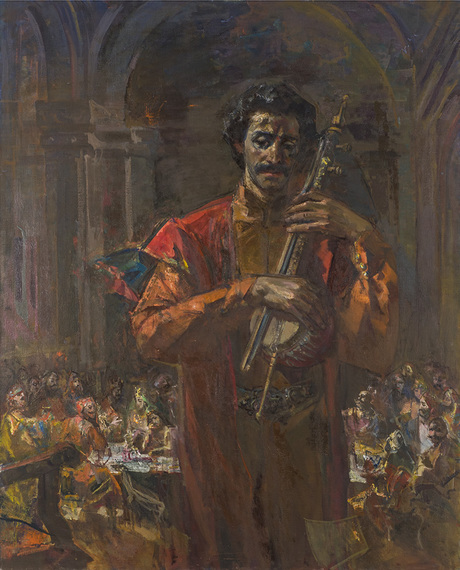
Newsfeed
Videos






